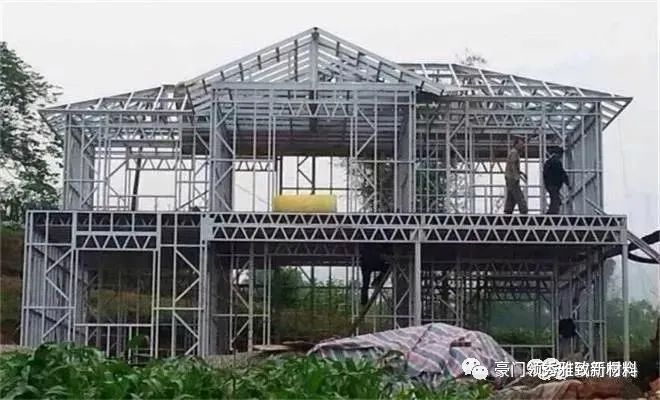Although it has suffered repeated invasion and Culture shock, it still has a different personality from other Muslim countries.
Iran is recognized by UNESCO as one of the cradles of civilization.
This theme not only endows Persian architecture with unity and continuity, but also serves as the main source of its emotional characteristics.
In addition to the historic gates, palaces, and mosques, the rapid development of cities such as the capital Tehran has also brought about a wave of demolition and new buildings.
Many experts believe that the Persian architectural period from the 15th century to the 17th century was the peak of the post Islamic era.
Post Islamic architecture has also drawn inspiration from its pre Islamic era architecture, retaining several and repeated forms, as well as rich decoration of glazed tiles, carved stucco, patterned tiles, flower patterns and calligraphy on the surface.
Archaeological excavations have provided a lot of evidence to support the impact of Sasanian Empire architecture on the architecture of the entire Islamic world.
Iranian architecture exhibits tremendous diversity, including structures and aesthetics from various traditions and experiences.
There is no sudden innovation.
Persian architecture ranges from peasant cottages to tea houses and gardens, pavilions, to “some of the most magnificent buildings in the world”.
Total text: 2623 words Estimated reading time: 7 minutes The history of Iranian architecture can be traced back to at least 5000 BC, and its characteristic examples are distributed in Türkiye, Iraq, Uzbekistan and Tajikistan, as well as the vast areas of the Caucasus and Zanzibar.
According to Persian historian and archaeologist Arthur Pope, Iran’s highest art, in the correct meaning of this term, has always been its architecture, and the highest status of architecture applies to the period before and after Islam.
After the Sasanian Empire was captured by the invading Muslim Arabs, Persian architecture was adapted into Islamic religious architecture in Iran.
The Persian style of pre Islamic architecture has drawn on the architectural development experience of various civilizations in Iranian plateau for 3000 to 4000 years.
Traditionally, the guiding theme of Iranian architecture is its cosmic symbolism, through which humans are brought into communication and participation with heavenly forces.
Calligraphy, plaster engineering, mirrors, and mosaics are closely related to the mosque architecture in Persia (Iran).
Various buildings of this period, such as mosques, tombs, markets, bridges, and palaces, have all survived
.
One example is the dome roof from the Parthia (Ashkanid) dynasty in Iran.


